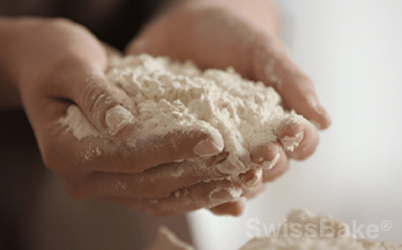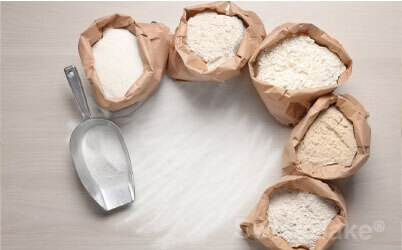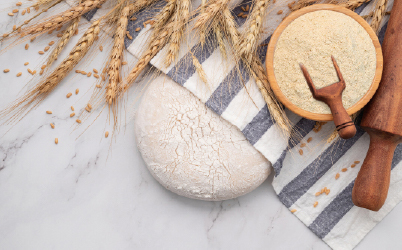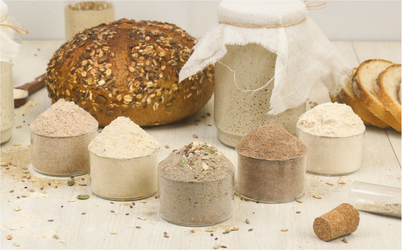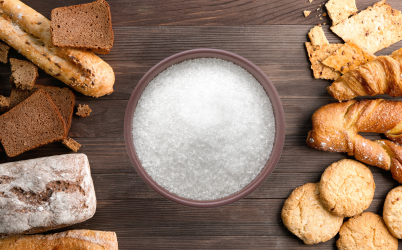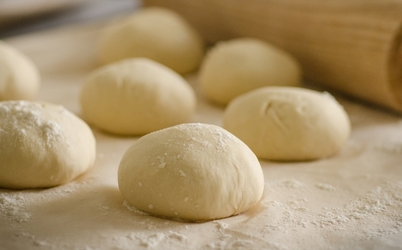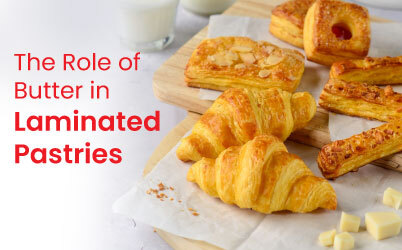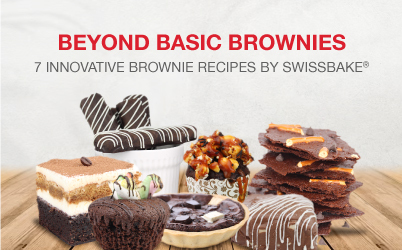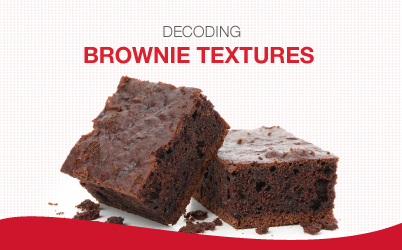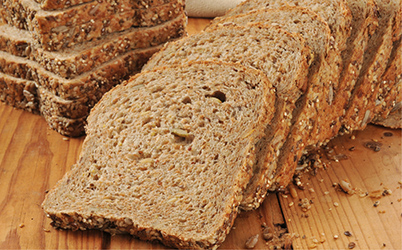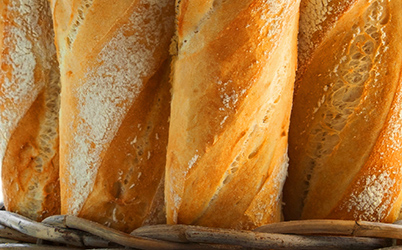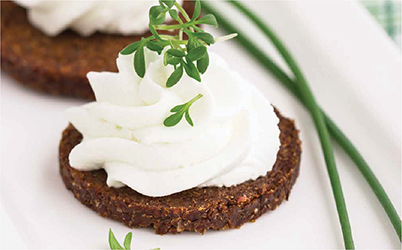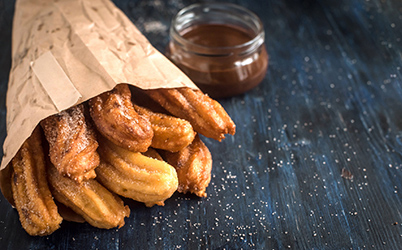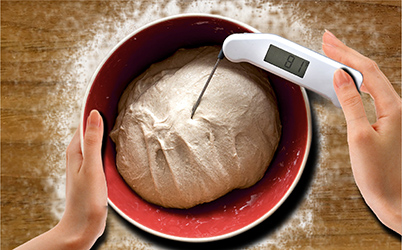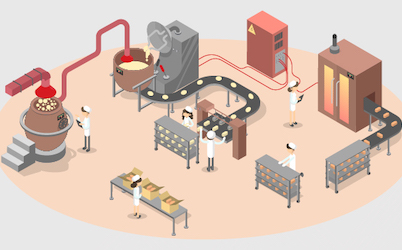From Flours to Seeds: A Baker’s Guide to High Fiber & Protein
As more and more people prioritize health and wellness, the demand for high-fibre and high-protein baked goods is on the rise. But as a professional baker, you know that creating tasty treats with these ingredients is easier said than done. From dense textures to overpowering flavours, there are several factors that need careful consideration when baking with high-fibre and high-protein ingredients.
High Fiber Bakery Sources:
- Whole Wheat Flour
- Oats Flour
- Almond Flour
- Coconut Flour
- Rye Flour
- Flaxseed Meal
- Chia Seeds
- Psyllium Husk
- Millets Flour
- Bran Flakes
Protein-Rich Bakery Sources:
- Almond Flour & Milk
- Coconut Flour & Milk
- Soy Flour & Soya Milk
- Chickpea Flour
- Lentil Flour
- Quinoa Flour
- Greek Yogurt
- Cottage Cheese
- Whey Protein Powder
- Nuts & Nut Butters (peanut/almond/cashew)
- Seeds (chia/pumpkin/sunflower, etc.)
- Eggs & Milk
When using these ingredients, it's important to keep in mind the following factors:
1. Texture: High fibre & protein-rich ingredients can affect the texture of baked goods. They can make them denser, drier, or chewier than traditional recipes. It's important to experiment with different ratios of ingredients to achieve the desired texture.
2. Moisture: Some High fibre & protein-rich ingredients absorb more moisture than others. This can affect the moisture content of the final product. It's important to adjust the amount of liquid in the recipe to ensure that the baked goods are not too dry or too soggy.
3. Flavour Profile: High fibre & protein-rich ingredients can have a distinct flavour that may not be desirable in all recipes. It's important to consider the flavour profile of the ingredients and how they will complement the other ingredients in the recipe. For example, some high protein ingredients such as chickpea flour may have a strong flavour that may not work well in sweet recipes; almond flour has a nutty flavour, while coconut flour has a slightly sweet taste.
4. Leavening Agents: High fibre & protein-rich ingredients can affect the way that baked goods rise. It's important to adjust the amount of leavening agents in the recipe to ensure that the final product has the desired texture and rise.
5. Binding Agents: High fibre & protein-rich ingredients do not have the same binding properties as traditional baking ingredients like flour. To ensure that your baked goods hold together properly, you may need to add binding agents such as eggs, chia seeds, flax seeds, or xanthan gum.
6. Nutritional Value: High fibre & protein-rich ingredients can add nutritional value to baked goods. However, it's important to ensure that the recipe still tastes good and that the added nutritional value is not at the expense of flavor.
7. Allergies: Some High fibre & protein-rich ingredients such as nut butters, nut flours & gluten-rich flours may cause allergies. It's important to consider the dietary restrictions of your customers and use alternative ingredients where necessary.
Overall, professionals should experiment with high fiber and high protein ingredients to find the right balance of flavor, texture, and nutritional value in their baked goods. While these ingredients can offer numerous health benefits, such as improved digestion and increased satiety, they can also pose unique challenges for bakers. To achieve the desired results, professionals need to consider a range of factors, from texture and flavours to leavening and moisture. They should also educate their customers on the benefits of these ingredients and how they can support a healthy lifestyle.
SwissBake® offers a range of high-fibre and high-protein breads that are designed to take care of all baking challenges bakers face during baking high fibre and high protein products and to ensure consistent results across every application with ease and convenience. For more information on these products, visit the products section of our website www.swissbake.in


